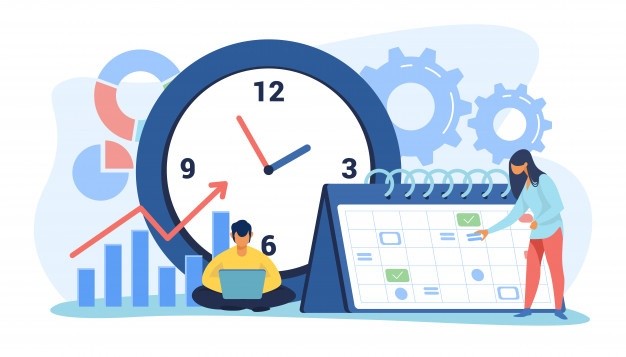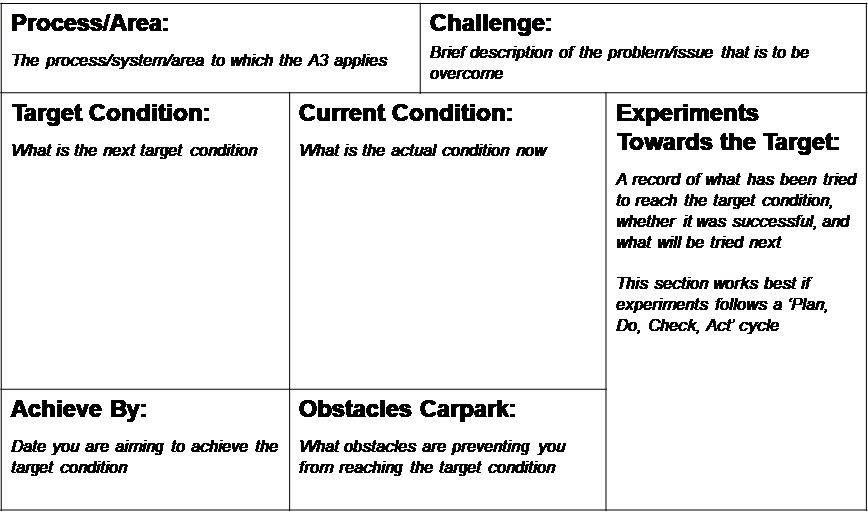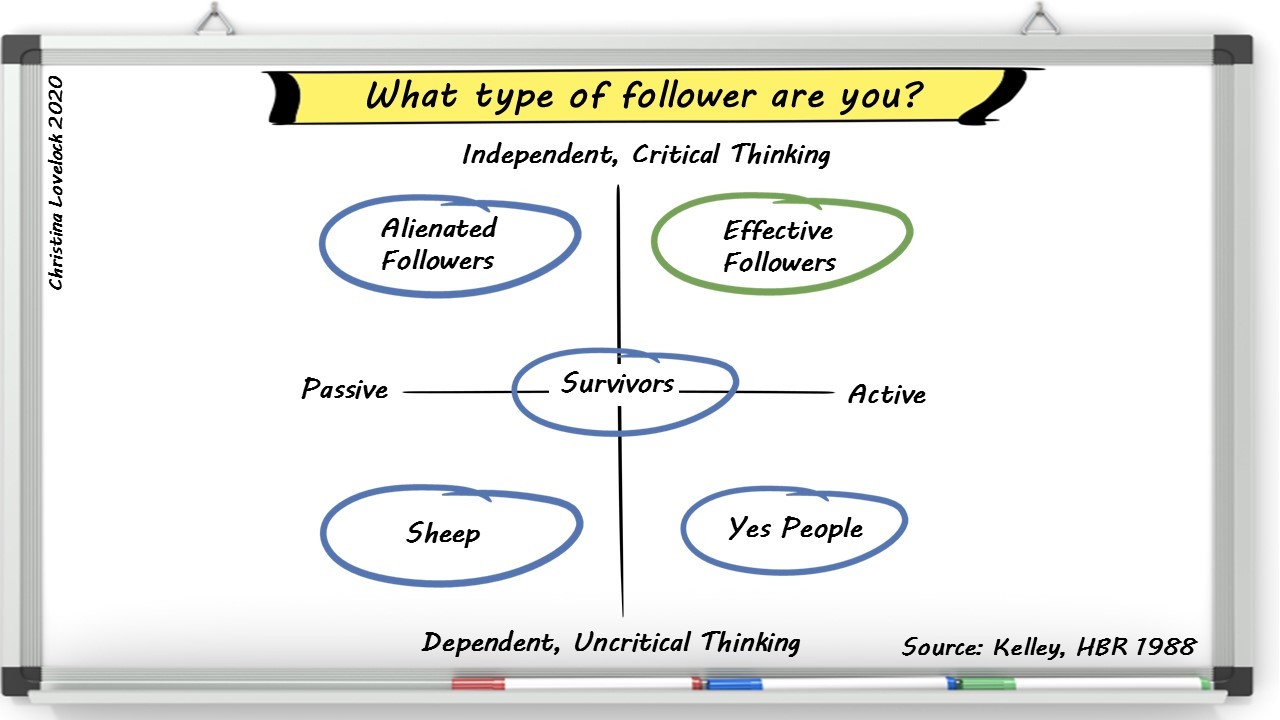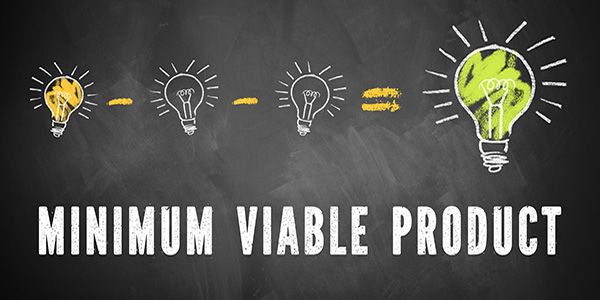How to Thrive as a Business Analyst in the New Normal
The Pandemic hit us suddenly and yes it came without any notice to our lives as a transient thing but became the new normal way of life.
Some of us were initially worried thinking about what lies ahead, some were shocked, some found pleasure being relieved from the daily commute, time on the road, and traffic jams.
With the COVID 19 pandemic hitting us globally, organizations have embraced remote working as the new way for 2020, and some have announced it for 2021 also.
Moving to WFH
IT industry has moved to this new model in a relatively easier way, and the transition is relatively smoother.
But for the traditional industries, it’s a big shift, and the mode of working and infrastructure needed rethinking, planning, and to be worked out.
In most countries, the pandemic hit so suddenly that it left no time to prepare for the upcoming times. Going remote isn’t an easy task for many, as we may think.
However, as it’s popularly said, every cloud has a silver lining; similarly, every challenge comes with an opportunity. It’s up to us to step up and embrace this change and take benefit of the opportunity.

Though many are happy with the new way of working for the reasons like:
- The extra time gained from the commute
- The better work-life balance
- Increased productivity
- Saving of money and resources
- Lesser distractions
However, many challenges started to unfold as the new normal started sinking in, and this seemed like here to stay for some more time.
For this article, we will take a deeper look into the business analysis profession, what seemed to have worked well, the new challenges thrown, and how we can make the best of it in the new normal.
As a business analyst, one is responsible for:
- Leading change and bringing new technology and products to the organization
- Gathering existing and new requirements/processes/features as part of the automation/new product
- Coming up with solutions to business problems/needs
- Developing new systems/solutions to take care of any manual process / better performance / better revenue stream / more efficient process / better user experience
- Elicitation of requirements
- Modeling of requirements
- Signing off on requirements from the stakeholders
- Managing changes, if any to requirements.
- Development and implementation of the solution
- User acceptance testing
- User training
The business analysis profession is primarily involved in communication (written, verbal, visual), and the absence of face-to-face meetings brought new challenges.
Practical challenges for BAs in remote working
As part of the solutioning, requirements elicitation, user story reviews, prototyping, or any other phase of the project a BA needs to have close interaction and work with stakeholders, the tech team, the QA team, and other BAs.
Some specific challenges are:
Staying Engaged with Stakeholders
Most of these tasks were done traditionally with stakeholders using pre-dominantly following techniques such as Workshops, walk-throughs/Reviews, Brainstorming, and Observations.

Here is a list of challenges and a few things that worked for many business analysts as shared by them when we asked them – https://www.linkedin.com/feed/update/urn:li:activity:6687061335701778432/
Challenges most of the business analysts faced:
- Getting stakeholder engagements
- Getting to know the non-verbal cues
- Meetings can get off track.
- Getting clear communications
- Getting approval and clarity on requirements
- Staying updated with the status
- Bonding with the team
- Figuring out the way everyone’s schedule and style of working
- Making everyone comfortable and be participative in the meeting
- Multiple time zones and the work timings followed with the new way.
Here is a set of guidelines for business analysis professionals to work effectively and efficiently in this new way and to make the transition smooth.
Few practices that worked well for most:
- Breaking the ice – to get better participation from stakeholders and team
- Give some background and the solution’s objective to get everyone talking for the requirements elicitation meetings. Silence kills participation.
- Having catch-up calls, one in the morning for planning and one at day end for a status update, is good to keep everyone updated.
- Scheduling meeting with clear agenda well in advance.
- Starting the meetings by giving a brief background of past discussions and agreements.
- Spend initial 5 minutes in setting out expectations and responsibilities like who will take notes, who will take responsibility for which part, who is expected to share inputs or information, who will get sign off, etc. A RACI matrix may be of help here. Meetings with clear agenda, expectation, success criteria, ownerships, and tasks assigned to members are more effective.
- Wrapping up the meetings with the major discussion points and decisions made.
- Being better prepared for the meetings/requirements elicitation sessions having gone through all the previous documents, changes suggested, and the mockups/processes/documentation.
- Keeping all the documents needed open in the background for the meetings
- Schedule 1:1s with colleagues and mentors to get feedback, schedule 1:1s with customers to check on them.
- Get stakeholders/team take accountability and responsibility to stick on to the commitments and deadlines.
- Following basic rules like muting when not speaking and using the chatbox to communicate points instead of disturbing the flow
- Use visuals and demos to gather better inputs or feedback. Start showing similar applications to gather/understand requirements and collect feedback instead of doing it verbally. Some popular visual/diagramming tools are
- Visio
- BizAgi Process Modeler
- Zoom white Board
- Use collaboration tools to be more effective, like:
- Zoom
- Webex
- Go to meeting
- Go to Webinar
- Being open about being away from work/break timings. Transparency is the key; keep everyone up to date, even if it’s good or bad. In this new normal, trust keeps us going –
- Stay connected with the team through IM or chat options.
- Most draw a line between work and family

Many say they love the new way since they can avoid the commute and have a good cup of tea at home in the morning before starting their day.
They can avoid office distractions and have their best productive time put to work.
Some say they can have a good time with children and pets, and having them close brings their best self out
Overcoming the CHALLENGES
Maintaining Work Discipline
Few things that will help when you start as a practice/discipline:

- Setting up a workspace –
- Comfortable – A work desk/table with comfortable sitting arrangements. Couch, Bean bag, a bed should be avoided.
- Clean – Keep your workspace organized and clean to have a better/ productive day.
- Organized with your daily needs – Notebooks, drawing board (if you are a visual BA), pens, markers, etc.
- Good to have a green view
- Avoid noise/distraction-free environment –
- Have a workspace set up in a place that’s away from the sounds of a pet, dishes, or cooking.
- Invest in a good pair of headphones to cut down on noise for conference calls.
- Make sure you are in proper attire if you are expecting a video call.
- Keep back up for power and network outage.
- Most of the smartphones can be used as a mobile hot spot as the internet back up.
- Make your availability known.
- Communicate your break timings (lunch, coffee, etc.) to your team and others
- Sign out of the instant communications applications like chat, IM, etc, when taking a break.
- Ensure your availability as per your official working hours

- Keep track of your tasks and plan your day.
- Keep track of your tasks and time spent.
- Plan your day at the beginning of the day
- Make your day plan known to others in the team with dependencies and support needed from the team.
- Share your day-end update with the team to ensure smooth working with the team.
- Time Management
- Stick to your work timings – Remote working doesn’t mean you can start anytime you wish and end it at any time you wish.
- Be self-managed by keeping distractions to the minimum.
- Have your tasks for the day seen in front of you either as a sticky note or a day planner

Upskill to keep yourself updated –
As the famous saying of Dr. Deming goes, “Learning is not compulsory nor is survival.”
Time and again, it has been proven that upskilling and getting certified puts one at the forefront in the job market, makes one eligible for the best opportunities and promotions.
Hence please keep some time booked or marked in your calendar for learning new skills, tools, or a certification.
Organizations have realized the importance of having highly skilled and matured BAs to enhance their delivery capabilities. So, when the demand for BAs is on the rise, how do you set yourself apart in a highly competitive world? Well, the answer is certification is one of the best and independent ways of showcasing your skills.

IIBA Certifications are the most sought-after BA certifications for business analysts to excel in their careers.
If you are a BA and looking for upskilling and certification and unsure of the level of certification that you should seek, then here is a basic guide:
The beginners and newbies without any BA experience should pursue ECBA.
For professionals with 2+ years of BA, work-experience should pursue CCBA.
For professionals with 5+ years of BA, work-experience should pursue CBAP.
There are many other intangible benefits of learning and certification like
- Improved confidence
- Making one a trusted leader by management
- A huge help in navigating the job market
- Improved ability to guide and mentor team members
- Ability to provide better business opportunities/decisions to stakeholders
- Improved ability to lead successful change efforts
- Higher productivity and better self-esteem
Handling Yourself – Physically, Mentally, and Emotionally

- Exercise – Find time for exercise to keep yourself physically fit – it’s proven that exercise helps us release chemicals like endorphins, serotonin, and dopamine that boosts our sense of well-being and suppresses hormones that cause depression and anxiety.
- Meditation – Helps you remain calm among stressful and hectic schedules and when things go out of your control.
- Emotionally – Stay in touch with friends and immediate family members over the phone, messages, video calls to make one feel connected and emotionally secured.
- Pick up hobbies that make you happy like cooking, painting, music or gardening, etc, which can be done without getting out or risking your safety.
- Unwind during the weekends and try to destress yourself.
- Share responsibilities at home with your partner. Teach your kids to take responsibility for keeping their room clean, picking up things after their play hours, helping you with chores like watering plants, laundry, pet care, etc.
Cut yourself from negativity.
We don’t control many things in our lives, but we certainly control the way we react or respond to it Hence, it’s important to keep the positive side up and negativity at bay, be it negative people, news, incident, or thoughts.
Focus on the IMPACT you create
- See the value you bring to the table in your project.
- Acknowledge the contributions you make to the stakeholders.
- Value the effort saving with automation you made
- Value your impact on your family
- Don’t measure things with the number of unsuccessful attempts to see your resilience and persistence.

Remember that it’s not the situation that makes or breaks you; it’s how you respond to it that makes all the difference. When you stay positive, you pass on the positive energy to your team and your immediate family, and the people around you.
Your organization, team, and family need the most positive version of you NOW.






